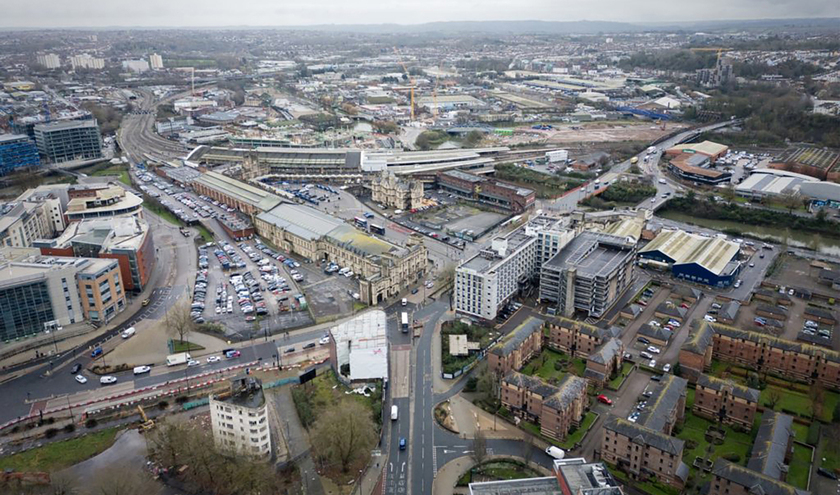The new Government has an overwhelming electoral mandate to pursue its goal of delivering on inclusive economic growth. Local councils across the country have the tools and solutions to help deliver this ambition.
For 11 years, as chief executive of Wandsworth LBC, I worked on one nationally and internationally significant scheme – Nine Elms and the regeneration of Battersea Power Station. The absence of good public transport was addressed through the extension of the Northern Line, funded through Tax Increment Financing entirely by the development with no call upon the taxpayer.
Now, as interim chief executive at Bristol City Council, we are working with our partners to develop a different form of nationally significant regeneration at Bristol Temple Quarter. Both schemes represent infrastructure-led development on former industrial brownfield land.
At Nine Elms, the challenge was to achieve a sufficient development to fund a £1bn underground extension and two new stations. In Bristol, the challenge is being met in a different way, by developing around the existing rail station at Bristol Temple Meads. This regeneration is not a long-term or theoretical masterplan, it is being built out today and can be seen on arrival at Temple Meads station.
Last week (12 September) the vice chancellor of Bristol University oversaw the topping out ceremony for the £500m Temple Quarter Enterprise Campus. This campus will focus on digital, business and social innovation, bringing world class academic, industrial and entrepreneurial expertise of international significance. It will burnish Bristol's reputation as a global destination for innovation and ignite the West of England's potential as an economic powerhouse.
In Nine Elms, the crucial first move was the decision of the US Embassy to relocate there. In Bristol, the University's first move status achieves a comparable stimulus for the regeneration to follow. In a bold strategic move, the University of Bristol has taken on an eyesore, long derelict site directly next door to the station.
It is a nationally significant project. Over 25 years the regeneration will deliver 10,000 new homes in a mix of types and tenures. Densified employment space will support retention of existing businesses as well as 22,000 new jobs, bringing new opportunities for Bristol's citizens, driving inclusive, sustainable economic growth.
Bristol shares many of the challenges of south west London – sky high residential rents and a housing market unaffordable to many locals, coupled with entrenched inequalities within a wider area that is well educated, highly skilled and affluent. Bristol Temple Quarter will drive the wider economic growth of the area and consolidate Bristol's existing status as the most economically successful of the UKs Core Cities.
Of course, none of this can be achieved by local government alone. In Nine Elms, it was a partnership between Wandsworth LBC, Transport for London, landowners, national Government and the Mayor of London. Similarly, in Bristol Temple Quarter, is a partnership between Bristol City Council, the Mayoral Combined Authority, Network Rail, national Government and Homes England together with the University of Bristol.
A new special purpose delivery vehicle consolidates the partnership and sets out clear priorities and direction to private sector interests together with standards for our publicly controlled sites. The city council's place-based leadership is close enough to the detail to be able to see the opportunities and understand the development cycles in their areas. Building the stable relationship with central government to share that vision has unlocked growth and change already, now we are seizing the moment with our partners to deliver the aspiration.
Critically, progress has been sustained through recent changes to the political control and governance at Bristol City Council. It is vital that major regeneration schemes do not become political footballs, and that an aspirational long-term vision for green and inclusive growth can be built on a solid economic case, strong partnership working and most of all the interests of the people who will benefit from these developments in the generations to come.
Paul Martin is interim chief executive at Bristol City Council


